What’s WMÜTTS?
By Chuck Bailey
Scientists like their acronyms, and in some fields the more acronyms the better. Earlier this year I received a GSA AGeS-DiGS grant – whoa, that is a lot of acronym! When decoded this stands for a Geological Society of America’s Geochronology Division’s Award for Geochronology Student Research – Diversity in GeoSciences.
I’m collaborating with Zach Foster-Baril, my former W&M undergraduate research student, who is now finishing his Ph.D. at the University of Texas at Austin, and his advisor Danny Stockli. Our project is entitled: Cracking Open Rodinia: using U-Pb geochronology to better understand Iapetus rifting in the central Appalachians and we’ve got three W&M undergraduates that are being mentored by two UT-Austin Ph.D. students.
Last summer, my research team collected samples from the Virginia Blue Ridge and Piedmont and took those samples to Austin for further analysis. Here, under the tutelage of Daniel Arriaga and Sandra Juarez, we crushed our samples and completed a set of steps to separate both apatite and zircons for geochronological analysis.
From there we mounted the individual mineral separates and loaded them into the UT Chron lab’s LA ICP-MS equipment (Laser Ablation Inductively Coupled Plasma-Mass Spectrometry) to measure U-Pb ratios in individual apatite and zircon grains. These analyses enable us to determine the age of the particular mineral and say something meaningful about both 1) when the rock formed and 2) the rock’s thermal history.
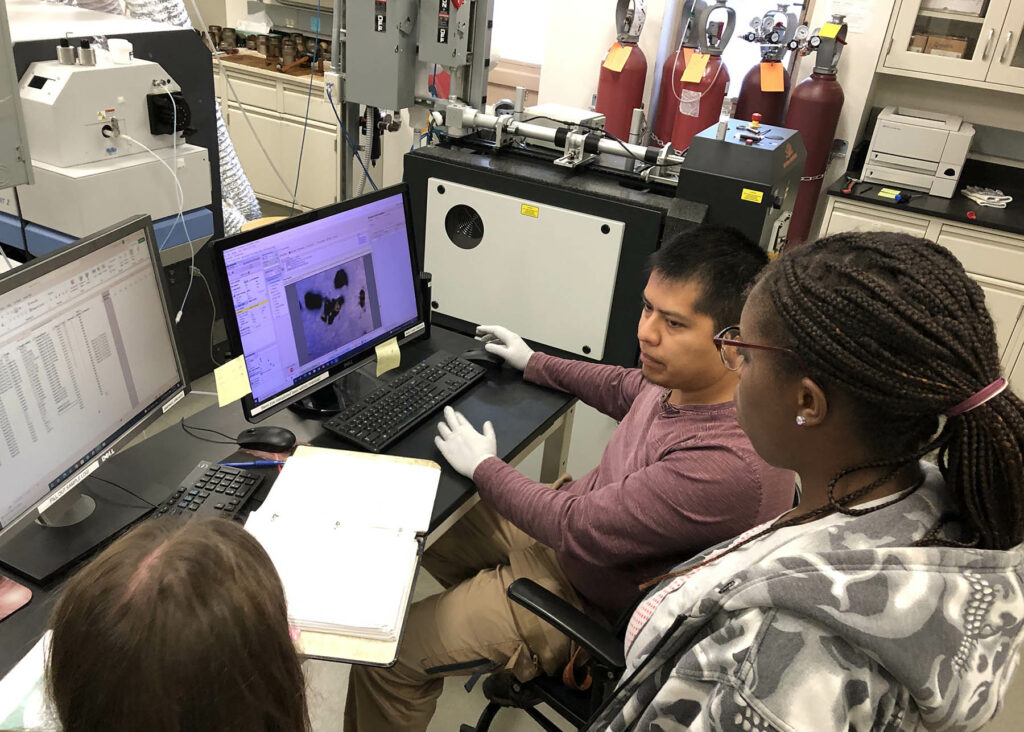
University of Texas at Austin Ph.D. candidate Daniel Arriaga (center) and the W&M crew setting up a sample run in the lab.
On a hot summer evening, after a day of lab work in Austin, we decided that for full effect our collaborative research project needed an acronym. It did not take long to reach a consensus. WMÜTTS
The William & Mary / University of Texas Tectonics & Structure project
The umlaut is in honor of Danny’s Swiss heritage, and the acronym is best pronounced with a heavy Swiss-German accent.
The cumulating event of the WMÜTTS project took place last week as the UT scientists traveled to Virginia. At William & Mary, Daniel and Sandra delivered the Geology departmental seminar which focused on the geology of Mexico. The next day, we put the Coastal Plain behind us and ventured out for a 3-day Appalachian field trip that visited many outcrops from which we’ve obtained geochronological data.
Our trip featured both exceptional fall weather and great comradery. The WMÜTTS crew was also joined by scientists from the U.S. Geological Survey and the Virginia Geological Survey plus a smattering of economic geologists and other academics, which fueled lively conservations and cranked up the overall learning on the trip.
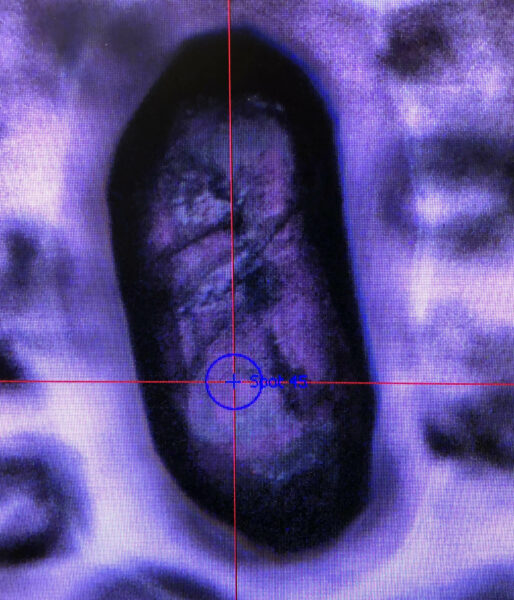
A zircon grain under the microscope, the spot (under the cross hairs) will be analyzed to determine the age of the grain. The grain is about 0.1 mm in the long dimension.
Going forward, my research students are continuing to process their data and think about what it all means. Our haul of geochronological data included some surprises, for example the formation age of nelsonite (Virginia’s state rock) exposed at a few locales in the Blue Ridge Foothills is ~100 million years younger than previously hypothesized – so it’s time for a new hypothesis as to the genesis of this curious rock.
Opportunities such as WMÜTTS are a special and wonderful part of what doing geoscience research is all about.
Check back to the W&M Structural Geology & Tectonics blog to learn about our latest discoveries in the coming months.

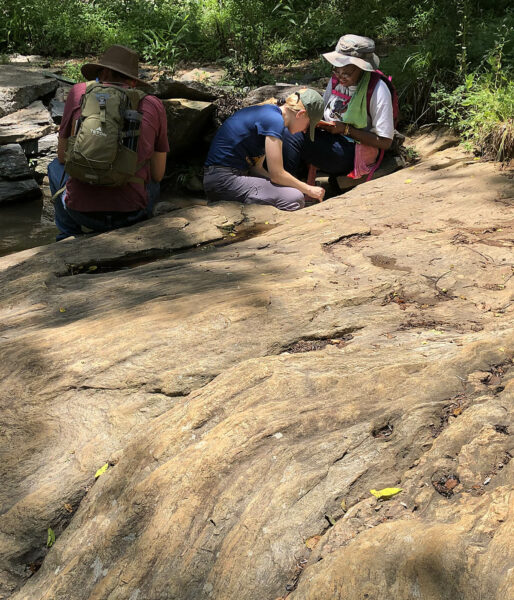
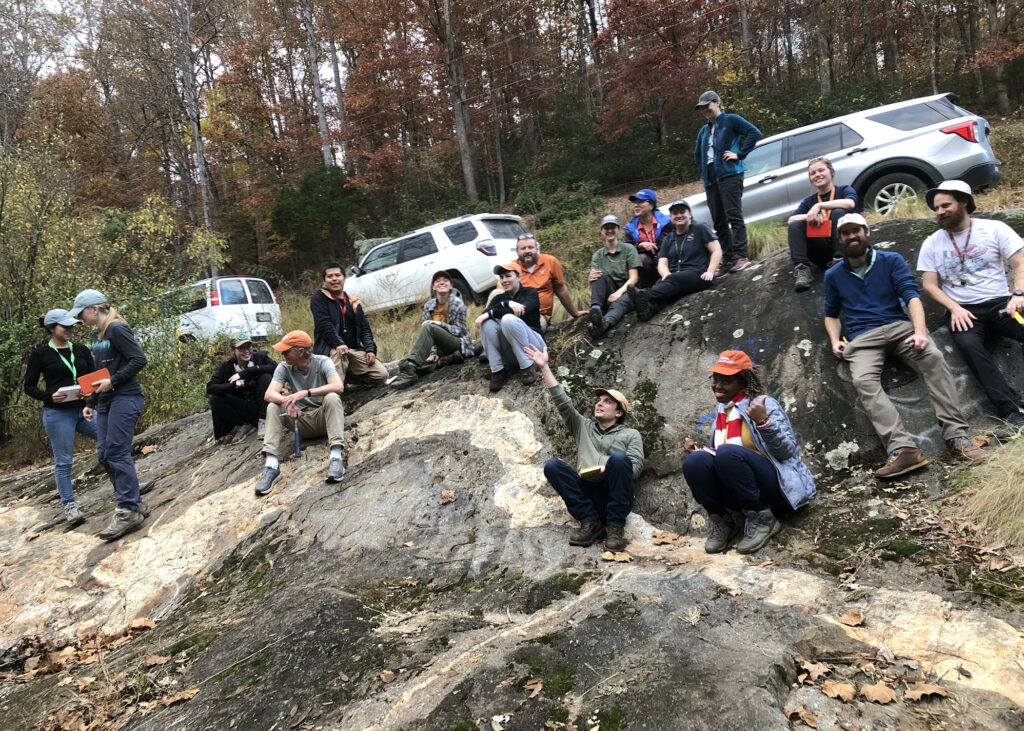
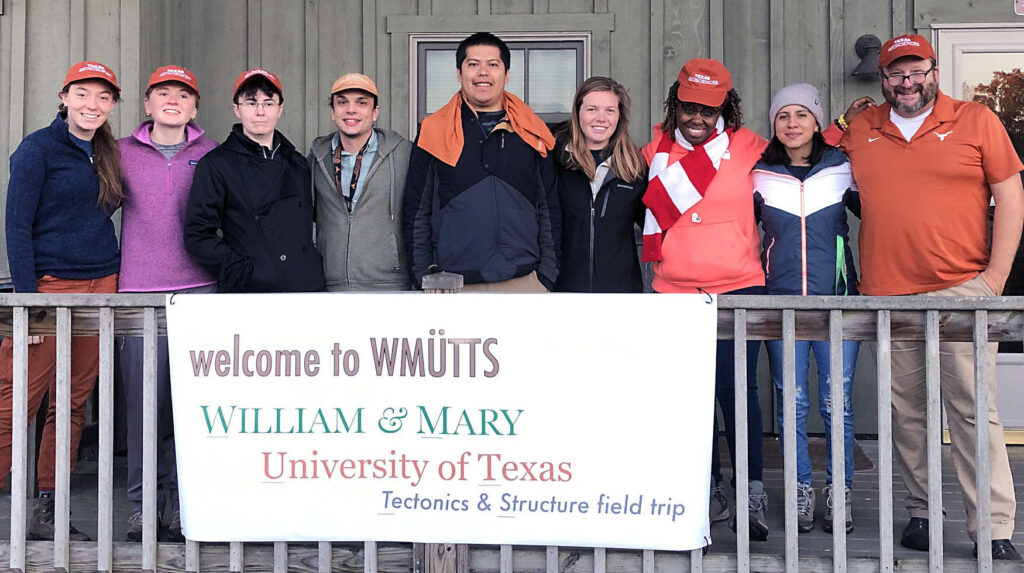

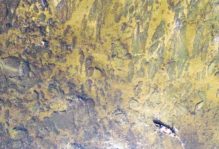
No comments.
Comments are currently closed. Comments are closed on all posts older than one year, and for those in our archive.